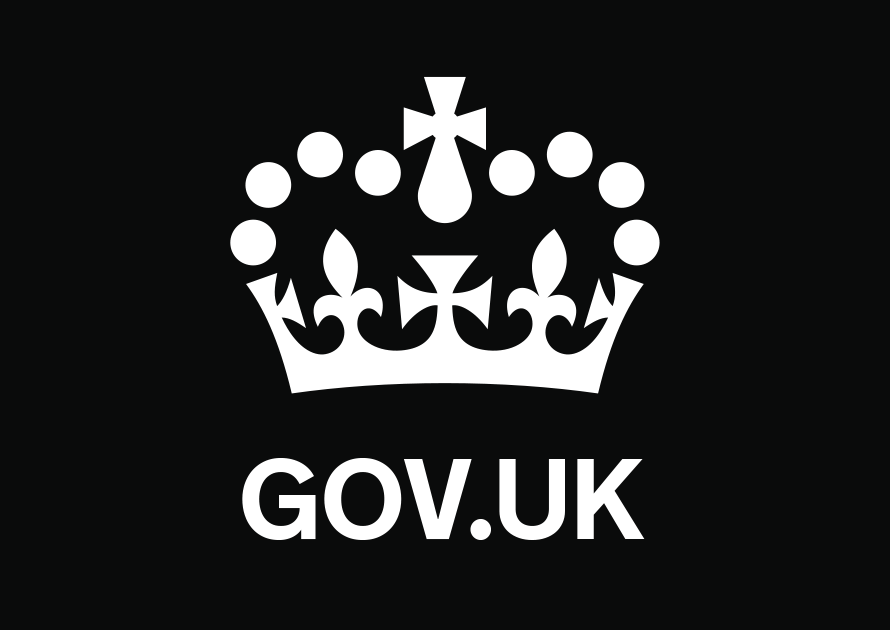This notice replaces ‘Removal of the country code EU from CHIEF (Tariff stop press notice 4)’ with additional guidance for CHIEF users.
Preferential tariff claims made in the UK under the UK and EU Trade and Cooperation Agreement
For preferential tariff claims made in the UK under the UK-EU Trade and Cooperation Agreement
The ‘statement on origin’ must refer to the origin of the goods as ‘the Union’. This requirement is set out in the Trade and Cooperation Agreement and has not changed.
UK statistical purposes, import declarations made in the UK
For UK statistical purposes, import declarations made in the UK now require the data elements to be entered as set out in the following guidance.
General guidance for CHIEF users
Box 15a — country of dispatch
Enter the relevant country code for the country from which the goods were initially dispatched to the UK.
Box 34a — country of origin
Enter the country code of origin. This should be the individual code for the country, not a country group code.
If claiming preference and the trade agreement is with a group of countries, enter the exporter’s country. If this is unknown, it is acceptable to enter any country within that group of countries involved in the production of the good. This level of information is required purely for UK domestic statistical analysis purposes and does not affect the applicability for preference.
If claiming preference and the country of non-preferential origin is different from the country of origin, enter the country of origin as determined above.
This only applies to entries on customs declarations: the origin stated on the proof of origin must be at the group of country level.
Box 36 — preference indicator
Enter the 3 digit code to indicate the type of preference being claimed, for example, from the 200 series for Generalised Scheme of Preference (GSP) or 300 for trade agreements such as the UK-EU Trade and Cooperation Agreement.
Box 44 — item documents
Enter the document code and document identifier for the preferential proof of origin.
A preferential proof of origin, such as a ‘statement on origin’, should identify the preference being claimed, for example, GSP, and the origin of the goods in accordance with the specific agreement under which it is being claimed, for example, ‘Japan’ if under the UK-Japan Comprehensive Economic Partnership Agreement (CEPA) or ‘the Union’ if under the UK-EU Trade and Cooperation Agreement.
Examples
EU-UK Free Trade Agreements preference declaration on CHIEF
Box 15a — country of dispatch
This is the country of export or dispatch to the UK. Where the goods are being exported from the EU, this should be the individual code for the Member State of export, for example, FR for France
Box 34a — country of origin
Enter the exporter’s EU Member State. If this is unknown, it is acceptable to enter any Member State involved in the production of the good. The Member State may be identified through the accompanying commercial documentation or the Registered Exporter system (REX) code on a ‘statement on origin’.
This level of information is required purely for UK domestic statistical analysis purposes and does not affect the applicability for preference.
The ‘statement on origin’ document must be completed in accordance with Annex 7 of the Trade and Cooperation Agreement and refer to ‘the Union’ as the preferential origin of the goods.
Box 36 — preference indicator
This must be completed with a code in the 300 series
Box 44 — item documents
Enter the document code and document identifier for the preferential proof of origin.
This must include one of the following codes, as appropriate:
- U110 — if the claim is based on a ‘statement on origin’ for a single shipment
- U111 — if the claim is based on a ‘statement on origin’ for multiple shipments of identical products to cover a 12-month period
- U112 — if the claim is based on importers knowledge
Non-preference declaration on CHIEF
Box 15a — country of dispatch
This is the code for the country of export or dispatch to the UK. Where the goods are being exported from the EU, this should be the individual code for the Member State of export, for example, “FR” for France
Box 34a — country of origin
This must be the code for the country of the non-preferential origin of the goods, for example, China is “CN”
Box 36 — preference indicator
This must be completed with a code in the 100 series.
Box 44 — item documents
This must be completed in accordance with the commodity code and/ or procedure code being declared.
The Customs Declaration Service system changes have not yet taken effect. Further information will be issued in due course.
More information
To stop getting the Tariff stop press notices, or to add recipients to the distribution list, email: tariff.management@hmrc.gov.uk.
Read the UK Trade Tariff for the full duty rate, unit of quantity, preference, quotas, footnotes and VAT rate.



